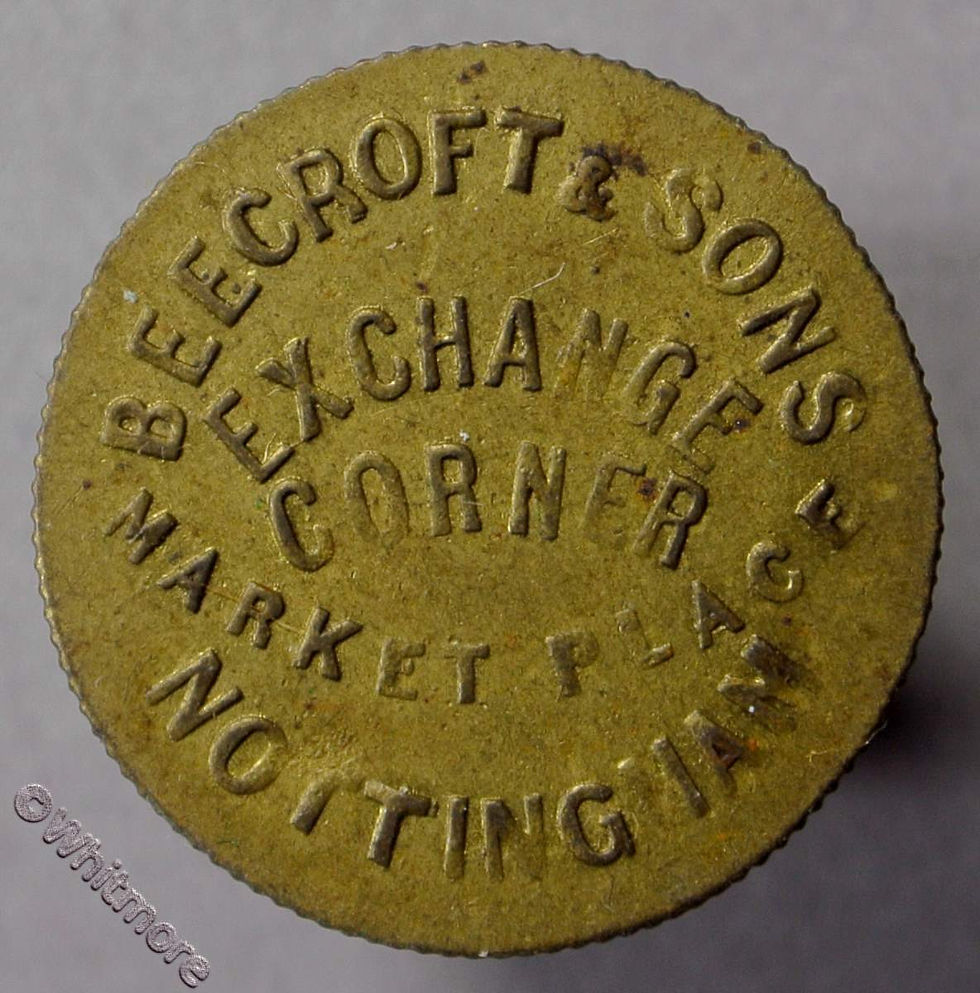HOME GAMES
Several apparently diverse types come within this category. Card and other games conducted in the home took up a huge proportion of the leisure time of the Victorian middle classes. They could extend from hard gambling by young men pretending to be Regency bucks, to the most respectable of maiden ladies playing whist. Counters usually had some superficial resemblance to gold guineas or sovereigns in being of similar size, made of brass, frequently gilded, and having a milled edge. They often commemorated current events, giving no clue to their true function.
The commonest type has the slogan To Hanover above a galloping horseman, relating to the accession of Queen Victoria to the British throne when her uncle and heir presumptive, the egregious Duke of Cumberland, obtained the Kingdom of Hanover to which no female could succeed. Hundreds of millions of these were made, many of them long after the Queen had solved the dynastic problem by producing a quiverful of heirs, by which time the satirical origin of the design had almost been forgotten.
The second most common type imitates more or less closely the obsolete guineas of George III with a spade shaped shield as the reverse design. A smaller type that is also frequently encountered carries the slogan Prince of Wales Model Half Sovrn.
The early forms of whist employed counters or markers for scoring purposes in sets of four. For reasons lost in the mists of time they most frequently carry the slogan Keep Your Temper, although they also occur quoting Hoyle, who invented the marking system, and display diagrams of his system. They often show card players, both gentlemen and ladies in fashionable clothes, are of better workmanship than ordinary counters, and sometimes come in special containers.
Counters were usually purchased by the users, often by the gross of 144 examples, but it occurred to some enterprising traders that similar pieces could carry a statement of their business activities, and as long as the counters remained in use, this advertising would be in constant view. The trader could justify the expense of distributing them below cost or even free of charge, to the mutual advantage of both parties.

























